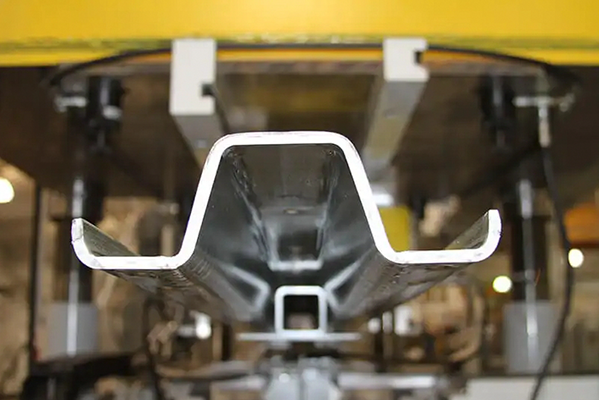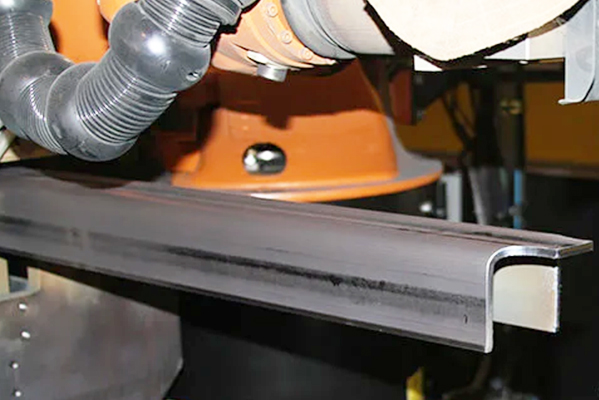Navigation Menu
Contact Us
- Email:
- info@wxavatar.com
- Address:
- Yurong Village, Yuqi Street, Huishan District, Wuxi, China.
Release Date:Jun 30, 2025 Visit:39 Source:Roll Forming Machine Factory
Investing in heavy gauge rollforming equipment is a significant decision for manufacturers. This machinery represents a substantial capital outlay, and a well-considered investment can lead to increased efficiency, higher-quality products, and a stronger competitive position. Conversely, a rushed or ill-informed decision can result in operational inefficiencies and financial setbacks. Here are key factors manufacturers should meticulously evaluate before committing to such an investment.

Material Specifications and Product Requirements
The primary consideration must be the types of materials the equipment will process and the specifications of the final products. Heavy gauge rollforming deals with thicker materials, so understanding the yield strength, tensile strength, and material hardness of the steel, aluminum, or other alloys to be used is crucial. This will dictate the necessary tonnage, power, and robust construction of the rollformer. Furthermore, consider the desired product profiles, including their complexity, precision requirements, and required lengths. Highly intricate profiles or those demanding extremely tight tolerances will necessitate more sophisticated and accurate machinery, potentially with advanced tooling and control systems.
Production Volume and Speed
Manufacturers must accurately project their required production volume and desired production speed. This directly impacts the capacity and automation level of the rollforming line. A low-volume, highly specialized production might not justify a fully automated, high-speed line, whereas mass production of standard profiles would benefit significantly from such an investment. Evaluate the throughput rates of various equipment options and how they align with current and anticipated demand. Consider if the equipment can scale with future growth.
Tooling and Die Design
The design and quality of the tooling (rolls and dies) are paramount to the success of a heavy gauge rollforming operation. Poorly designed or manufactured tooling can lead to material deformation, inconsistent profiles, and increased scrap rates. Manufacturers should assess the tooling changeover time and the ease of maintenance. Consider whether the equipment supplier offers comprehensive tooling design support and readily available replacement parts. The ability to quickly adapt tooling for new product runs or make adjustments for material variations can significantly impact productivity.
Equipment Durability and Reliability
Given the demanding nature of heavy gauge rollforming, equipment durability and reliability are non-negotiable. Manufacturers should investigate the build quality of the machinery, paying attention to the materials used in its construction, the robustness of the drive systems, and the quality of bearings and other critical components. Research the reputation of the equipment manufacturer for longevity and consistent performance. Downtime for repairs can be extremely costly, so investing in reliable equipment with a proven track record is a wise long-term strategy.
Automation and Control Systems
The level of automation and sophistication of the control systems can significantly impact operational efficiency and labor requirements. Options range from basic manual controls to advanced CNC (Computer Numerical Control) systems that offer precise control over rollforming parameters, automatic adjustments, and integrated quality control features. While higher levels of automation typically come with a higher initial cost, they can lead to reduced labor costs, improved accuracy, and faster changeovers. Manufacturers should determine the optimal balance between automation and cost based on their specific production needs and available skilled labor.
Maintenance and Support
Finally, manufacturers should consider the ease of maintenance for the equipment and the level of support offered by the supplier. Access to technical assistance, spare parts availability, and training programs for operators and maintenance personnel are crucial. A reliable supplier who provides prompt and effective support can minimize downtime and ensure the long-term optimal performance of the rollforming line. Understanding the warranty terms and post-sales service agreements is also an important aspect of this evaluation.

By thoroughly evaluating these factors, manufacturers can make a strategic investment in heavy gauge rollforming equipment that aligns with their operational goals, enhances their production capabilities, and ultimately contributes to their long-term success.